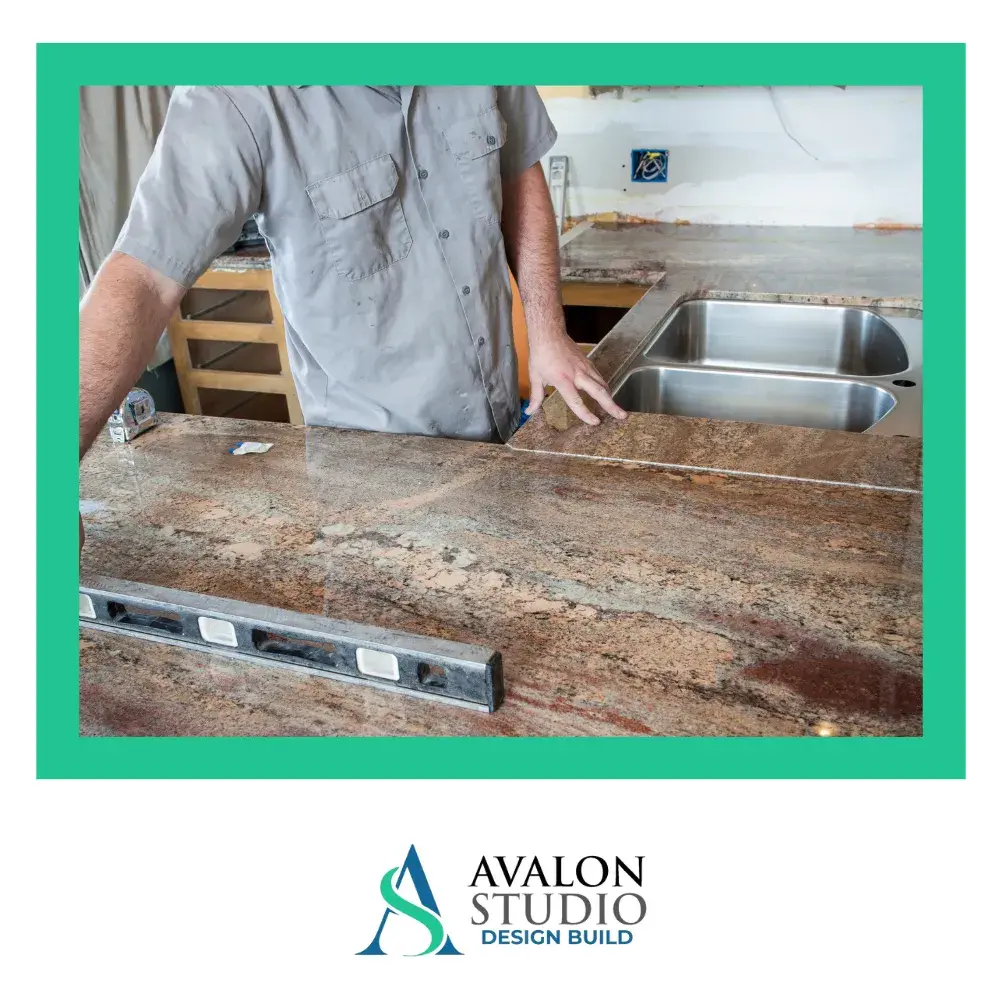Your kitchen is more than just a place for cooking; it’s a central hub that sets the tone for your entire home. A well-thought-out kitchen remodeling project can harmonize with the rest of your living spaces, creating a cohesive and inviting atmosphere. This guide will explore practical strategies to ensure your kitchen seamlessly blends with the overall design of your home.
Understanding Your Home’s Overall Style
Before diving into kitchen remodeling, it’s crucial to have a clear understanding of your home’s existing style. Whether your home exudes a modern, rustic, or traditional vibe, your kitchen should echo these design elements. Start by analyzing the color schemes, materials, and textures used in your living room, dining room, and other adjacent spaces. These components should inform your choices for kitchen cabinetry, countertops, and flooring.
Coordinating Colors and Finishes
Color plays a significant role in creating a cohesive look. Choose a color palette that complements the tones in other areas of your home. For example, if your home features warm, earthy tones, opt for kitchen cabinetry in soft browns, beige, or muted greens. Additionally, consider the finishes—such as matte or gloss—that are used in other rooms to maintain a unified appearance. Incorporating similar finishes in your kitchen remodeling project will help tie the spaces together.
Integrating Architectural Elements
Architectural consistency is key to blending your kitchen with the rest of your home. Pay attention to details such as moldings, door styles, and window treatments. If your home boasts intricate crown moldings or wainscoting, incorporate similar elements into your kitchen design. This subtle repetition of architectural features enhances the sense of continuity between spaces.
Choosing the Right Materials
Material selection is another vital aspect of kitchen remodeling that can reinforce the connection between your kitchen and other areas. For instance, if your living room features rich hardwood flooring, consider extending the same material into your kitchen. Alternatively, you might choose a complementary material like tile or stone that resonates with the rest of your home’s décor. Consistency in materials helps create a smooth transition between spaces.
Balancing Functionality with Aesthetics
While it’s essential to focus on aesthetics, functionality should not be overlooked in your kitchen remodeling plans. Ensure that your kitchen layout and storage solutions align with the practical needs of your household. Integrate appliances and fixtures that match the style of your home without compromising on usability. For instance, a farmhouse sink might blend perfectly with a rustic-themed home, while sleek, stainless-steel appliances suit a modern interior.
Lighting for Cohesion
Lighting is the final touch that can make or break the cohesion between your kitchen and the rest of your home. Consider the lighting styles used in adjacent spaces—whether pendant lights, chandeliers, or recessed lighting—and choose similar fixtures for your kitchen. Consistent lighting not only enhances the aesthetic appeal but also ensures a harmonious flow throughout your home.
Kitchen remodeling should be approached with a holistic view of your entire home’s design. By carefully selecting colors, materials, and architectural elements that reflect your home’s overall style, you can create a cohesive and visually appealing space that feels like a natural extension of the rest of your home.
Learn More

